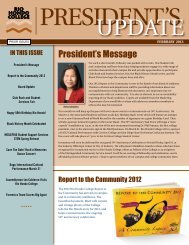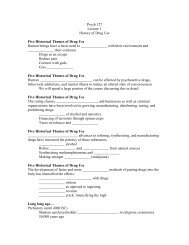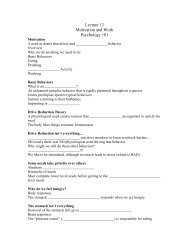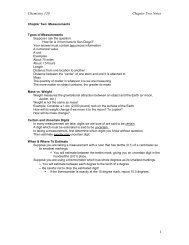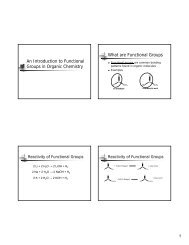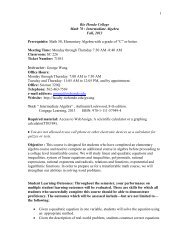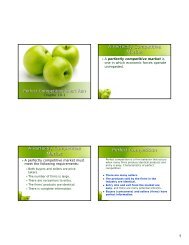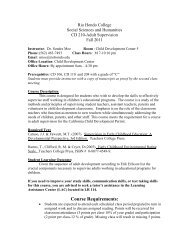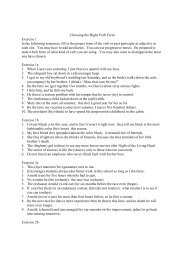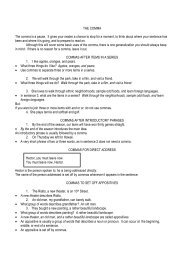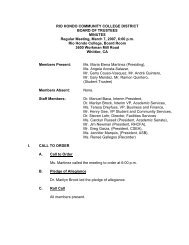Green Building and LEED Core Concepts Guide First Edition
Green Building and LEED Core Concepts Guide First Edition
Green Building and LEED Core Concepts Guide First Edition
Create successful ePaper yourself
Turn your PDF publications into a flip-book with our unique Google optimized e-Paper software.
Primary Resources: Cost-Effectiveness of Commissioning<br />
<strong>Building</strong>s are complex systems. Performance promised duri ng planning <strong>and</strong> design<br />
can often by undermined by design flaws, construction defects, equipment malfunctions,<br />
<strong>and</strong> deferred maintenance. <strong>Building</strong> commissioning has emerged as an important<br />
quality-control strategy to detect <strong>and</strong> correct these deficiencies.<br />
Commissioning is a systematic investigation of building performance with respect<br />
to performance goals, design specifications, <strong>and</strong>, most importantly, owner's requirements.<br />
Skilled engineers conduct a detailed study of build ing construction <strong>and</strong> performance.<br />
The cost of commissioning is often repaid with recovered energy performance.<br />
A recent Lawrence Berkeley National Laboratory study found that commissioning<br />
for existing buildings has a median cost of $0.27 per square foot <strong>and</strong> yie lds<br />
whole-building energy savings of 15%, with an average simple payback period of 0.7<br />
years. For new construction, the median cost was determined to be $1 per square<br />
foot, with a median payback time of 4.8 years based on energy savings alone.<br />
Overa ll, the Lawrence Berkeley study concluded that commissioning is one of the<br />
most cost-effective means of improving energy efficiency in commercial buildings.<br />
• "Best Practices in Commissioning Existing <strong>Building</strong>s" (Bu ilding Commissioning<br />
Associat ion, 200B), http://www bcxa,org/dowoloadslbca-ebcx best practices,pdf.<br />
• "Commissioning for Great <strong>Building</strong>s" (<strong>Building</strong> Commissioning Association, 2005),<br />
httD:llwww.bcxa.Qrg/downloadstbca-white-paper-cx,pdf.<br />
• "Cost-Effectiveness of Commercial-<strong>Building</strong> Commissioning: Meta-Analysis of Energy<br />
<strong>and</strong> Non-Energy Impacts in Existing <strong>Building</strong>s <strong>and</strong> New Construction," by Evan Mills<br />
(Lawrence Berkeley National Laboratory, 2004), htlp:lleetd.lbl.gov/Emills/PUBS!Cx<br />
COstS-Be nefits. him I.<br />
• "The Value of the Commissioning Process: Costs <strong>and</strong> Benef its," by Chad Dorgan,<br />
Robert Cox, <strong>and</strong> Charles Dorgan (USGBC, 2002), http://www,usgbc.org!expoZ002J<br />
scheduleJdocumentslDS506 Dorgan P152.pdf.<br />
THINK ABOUT IT<br />
Bridging the gap between design <strong>and</strong> operations. Engineers <strong>and</strong><br />
architects often compare building performance with code requ irements for<br />
new construction <strong>and</strong> speak of some percentage " better than code." Facility<br />
managers <strong>and</strong> bu ilding owners see invoices with dollars, kilowatts, therms,<br />
<strong>and</strong> gallons. This creates a gap between the metrics used to gauge build ing<br />
performance during design <strong>and</strong> operation . What are the consequences of this<br />
gap What are the opportunities for closing it<br />
Energy <strong>and</strong> At mosphere 51



